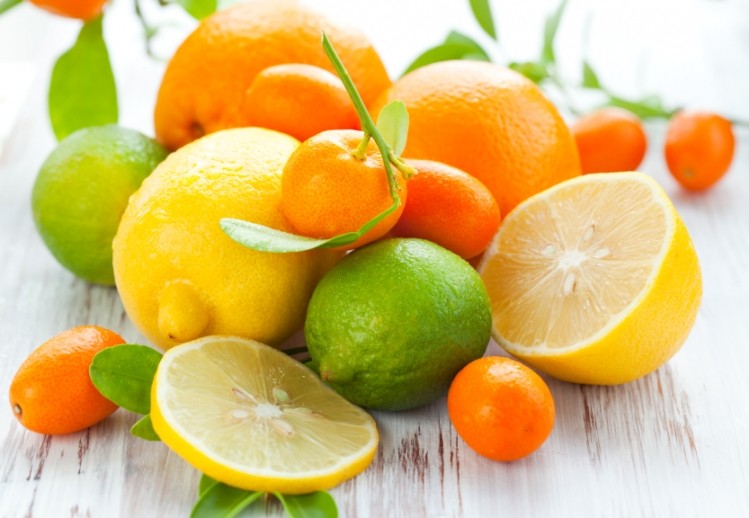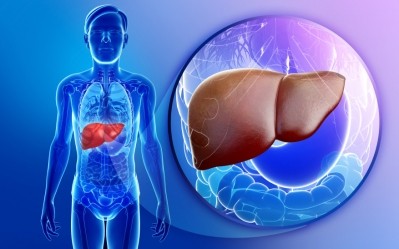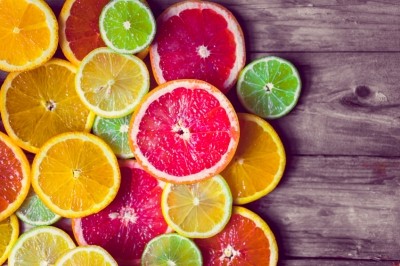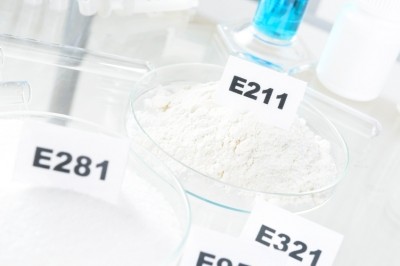Citrus food flavouring is genotoxic, says EFSA

Occurring naturally in the peel of citrus fruits, perilla aldehyde is added to baked goods, puddings, meat products, alcoholic and non-alcoholic beverages to give a citrus smell and a woody, spicy, citrus taste.
It had been flagged as potentially genotoxic in 2013, prompting the EC to request a new safety evaluation. Using data from a 2014 in vivo rat study submitted by the flavouring industry, EFSA carried out a new safety assessment in an attempt to determine the effects on the first points of contact, the stomach and intestine, and the liver.
It found a statistically significant increase in DNA strand breaks in the liver at a dose of 700 mg per kilo bodyweight per day, considered to be the maximum tolerated dose.
While the panel did note some weaknesses in the control data, it nonetheless concluded that perilla aldehyde was genotoxic: “Overall, the Panel concluded that p-mentha-1,8-dien-7-al [FL-no: 05.117] is genotoxic in vivo and that, accordingly, there is a safety concern for [its] use as a flavouring substance,” the panel wrote.
EFSA’s risk managers will now consider what course of action to take following the panel’s conclusions, but an EFSA spokesperson told FoodNavigator that the flavourings were not widely used in the EU.
"The amounts of these substances in food are so small that most consumers are unlikely to have been adversely affected. For example, for perilla aldehyde, one of the most used substances, the amount used throughout the whole of the EU in any one year is around 17 kg, which is a very limited amount."
Nine other flavourings under the safety spotlight
Under the EU’s system for evaluating flavourings, perilla aldehyde is considered to be representative of other chemically similar substances in the alicyclic aldehyde subgroup, meaning that there is potential concern for the safety of nine other substances.
These include p-mentha-1,8-dien-7-ol [FL-no: 02.060], myrtenol [FL-no: 02.091], myrtenal [FL-no: 05.106], 2,6,6-trimethyl-1-cyclohexen-1-carboxaldehyde [FL-no: 05.121], myrtenyl formate [FL-no: 09.272], p-mentha-1,8-dien-7-yl acetate [FL-no: 09.278], myrtenyl acetate [FL-no: 09.302], myrtenyl-2-methylbutyrate [FL-no: 09.899] and myrtenyl-3-methylbutyrate [FL-no: 09.900]).
The full scientific opinion can be read here.

























